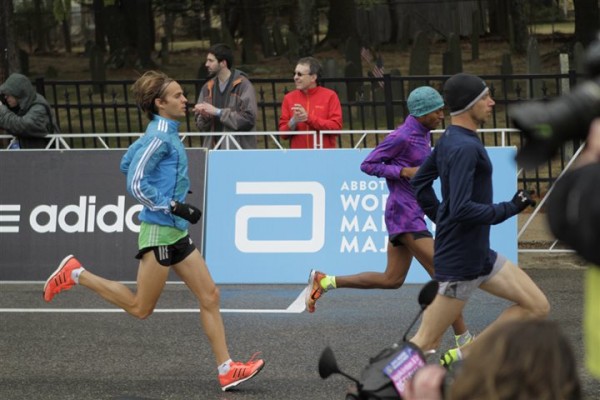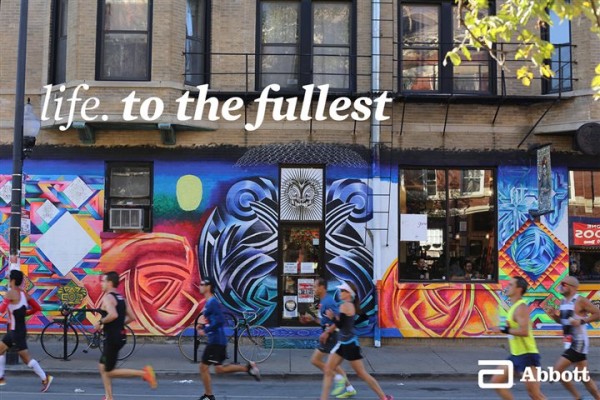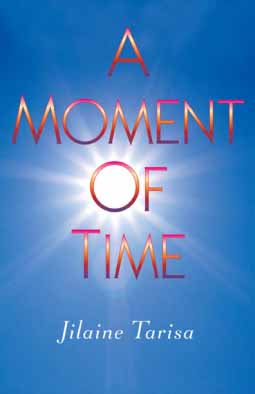 Four lessons from a former Olympian and sports dietitian
Four lessons from a former Olympian and sports dietitian
(BPT) – As the fall running season approaches, people everywhere are lacing up their sneakers for everything from casual runs, to charity races, to the highly-anticipated TCS New York City and Bank of America Chicago Marathons. While most people equate the benefits of running to their physical health, the dedication required to train and participate in a race can also teach important lessons about how to live your best life.
Avid runner and distinguished nutritionist Pam Nisevich Bede from global health care company, Abbott, title sponsor of the Abbott World Marathon Majors, has partnered with record- breaking marathoner and former Olympian, Joan Benoit Samuelson, to share four key lessons that you can take from training to everyday life.
Lesson 1: Celebrate success: big and small
The journey is perhaps the most important part of a race experience. “You can’t just wake up one morning and decide to run a marathon – it takes a series of small achievements, from getting yourself out of bed early to train when you would rather sleep in, to every mile you add to your regimen, that allow you to have a successful race,” says Benoit Samuelson. The same goes for life. Success is not just landing that dream job, achieving that ideal balance in your life, or finding that perfect partner. It’s in the smaller steps you take to reach those goals and how you learn and grow along the way.
Lesson 2: You can do more than you think
To most people, running a marathon can seem like a daunting challenge. However, it is more attainable if you break it up into five or ten mile increments to meet your ultimate race objectives. “If you increase your mileage by a conservative, planned amount each week, your body will more easily be able to adapt to those longer runs,” says Nisevich Bede. “And if you’re having a tough run, think about smaller goals rather than your total mileage. Concentrate on making it through this half mile or to that next tree, and then you can re-evaluate your next goal.” Running a marathon can be a metaphor for life. In much the same way that you break up the 26.2 miles of the marathon, set smaller goals in your life as you go after larger goals.
Lesson 3: Embrace obstacles
Life, as in marathon training, rarely goes exactly the way you plan. Setbacks and obstacles are part of the process and they should be looked at as a challenge, not a barrier. The key is to learn how to plan for and manage the obstacles. “Prior to running the 2013 Boston Marathon – 30 years after my course record – I developed a knee inflammation. To get through that hurdle, I focused on the race, adjusted my training and reached my goal of finishing the marathon within 30 minutes of my winning time in 1983,” says Benoit Samuelson.
Lesson 4: Take care of yourself
Investing in taking care of yourself allows you to bring your best self to every facet of your life. From your mind to your body and your diet, better health allows you to achieve more and experience life more fully. It can help you reach those race day goals, pursue a new passion, and live not just longer, but better. “Taking care of yourself isn’t about striving for perfection or unnecessarily limiting yourself, it’s about constantly challenging yourself to be better – find what makes you feel good and minimize any obstacles that prevent you from getting there,” says Nisevich Bede.
Want to become part of the larger conversation on health, happiness and human potential? Visit www.LifetotheFullest.Abbott for more information.


